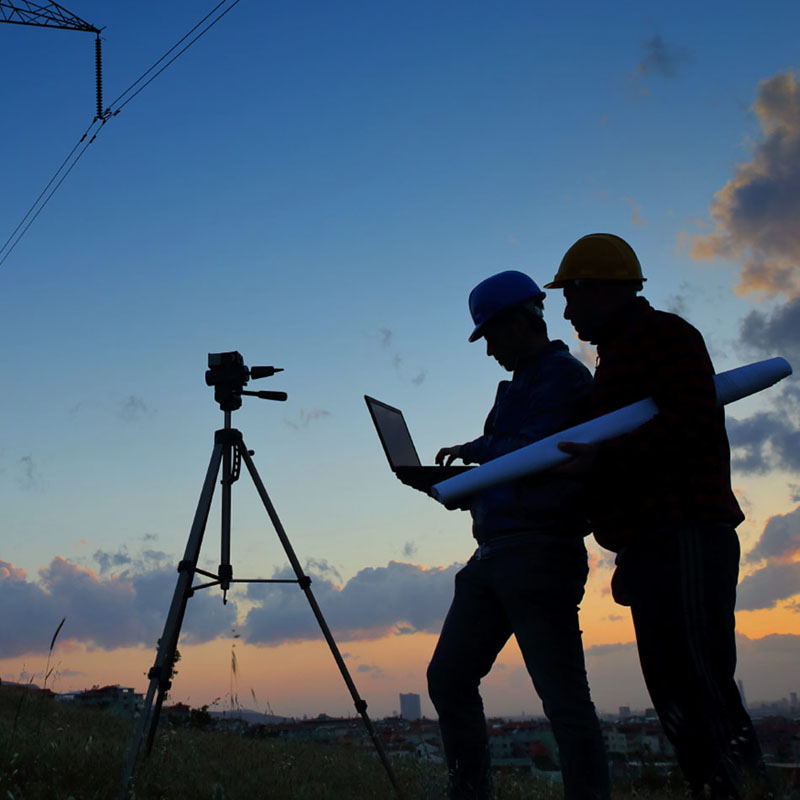Sitefinity streamlines and expedites content management and publication activities


Challenge
NorthWestern Energy could no longer keep up with the demands of today’s digital landscape with its decade-old CMS. The homegrown web platform was falling short of expectations, with even the simplest of changes requiring technical resources.Solution
After determining Progress Sitefinity met all internal requirements, NorthWestern Energy went ahead and implemented the CMS. This allowed the utility company to reclaim control of its digital properties.
Result
Sitefinity provided users more control over the publication and management of content and within a month of launch, helpdesk requests were down by 80%.
Full Story
Challenge
When Jacqui Safis, eBusiness Solutions Manager arrived at NorthWestern Energy three years ago, she found a nearly decade old homegrown website that was falling short of expectations. The biggest shortfall was lack of control—the simplest change to the site required technical resources, creating a long and tedious process that frustrated everyone involved.
“Developers were swamped with job tickets,” she explained, “and users were frustrated with the lack of control and excessive amount of time and number of email exchanges to get anything done.”
The utility industry is going through a transformation. Once characterized by monopolies exerting control over customers, utilities today face tough competition, ever changing regulations and the need to deal with new energy sources like solar and wind. They also face a changing customer base that is demanding higher levels of service, like the ability to access information anywhere and from any device.
“It was clear we needed an entirely new web platform that would address internal efficiencies and processes, and help us move forward to meet the changing needs of our customers,” Safis said.
Solution
The first task for Safis was gathering information from stakeholders around the organization, hearing their frustrations and building a wish list. From there she conducted a due diligence process, mostly using an online web content management forum that identifies top solutions based on specific requirements.
“The top requirements for our new content management system included giving users control over their content, be easy to maintain by enabling us to streamline our code and be more responsive,” she said. “I set a goal to get a new site launched, including updated branding, within six months.”
The online forum presented a host of mainstay choices, but Progress® Sitefinity™ CMS kept popping up, piquing Safis’ interest.
“I requested a Sitefinity demo, met the members of the sales and support teams—and I was hooked,” she said. “We planned to build the system in-house and I felt confident and comfortable with both the capabilities of the solution and the people we would be working with.”
Result
Safis put together a small team, secured buy-in across the organization, determined SLAs, mapped priorities and got to work. Six months later the site was ready to launch.
“Within one month of launch, helpdesk requests were down 80 percent,” she said. “Once stakeholders got comfortable managing their content, and that did not take long, the changes to our internal processes were dramatic. Using simple templates, stakeholders now create their content and put it through an approval cycle—without any IT involvement. Our IT team is free to focus on higher priority development projects.”
One of those projects was building a new web-based outage mapping system. Providing power in vast, rural areas subject to extreme weather, a fast, reliable solution is a top priority for NorthWestern Energy.
Safis and her team first looked at third party vendors to build the system, but the price tag of $500,000 with $50,000 to $100,000 recurring costs each year was prohibitive. Having just successfully built an all-new CMS from scratch, the team investigated building it themselves. Turns out Sitefinity enabled the team to simply extend the existing external site and build the app in-house at a fraction of the cost, using the same infrastructure and servers.
“The knowledge we gathered building the site and the backend capabilities of Sitefinity enabled us to build it in-house, creating a solution where data comes in from the field, flows through Sitefinity and onto the outage map,” she said. “I estimate we spent about $10,000 on the project, saving the company hundreds of thousands of dollars.”
Safis is also finding that the IT staff is more productive than ever. “With the ability to possibly build more systems inhouse without third party help and an IT team functioning at full throttle, Sitefinity produces a tremendous ROI for us.”
With stakeholders managing their content and development priorities like outage mapping complete, next on the docket is migrating the company’s Intranet to Sitefinity, potentially providing a host of capabilities and efficiencies, including giving field personnel better access to information.
“A future goal is to build a highly-secure Intranet where our people in the field, for example, can access and complete certain documents on their tablets or phones and submit them on the spot, rather than manually capture the information and then input it when they get back to the office,” she said. “We anticipate the impact on both accuracy and productivity to be significant.”
An emerging priority for the utility industry as a whole is awareness of the customer experience.
“The industry is changing fast, modernization is becoming a priority,” Safis said. “In Sitefinity, we have a platform that is transforming our internal processes and will soon transform the customer experience as we add mobile, continue to enhance the UI and add features our changing customers are demanding.”